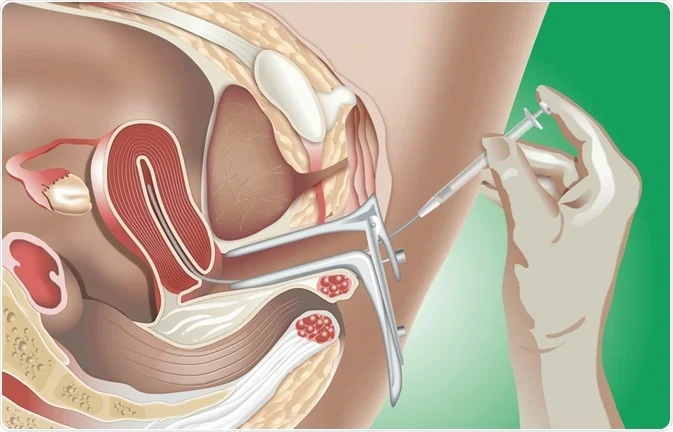When selecting a fertility clinic, it’s crucial to explore the various options available. Consider finding a facility near your home that prioritizes patient care and employs experienced reproductive endocrinologists. However, the most significant factor to investigate is often the clinic’s infertility success rates. By understanding a few fundamental concepts, you’ll be better equipped to interpret what these rates mean—no advanced statistics degree required!
The Importance of Reporting Success Rates
In 1992, the Fertility Clinic Success Rate and Certificate Act was enacted, supported by the American Society for Reproductive Medicine (ASRM) and the Society for Assisted Reproductive Technology (SART). This legislation mandates that clinics gather and publicly share their assisted reproductive technology (ART) outcomes, including in vitro fertilization (IVF), frozen embryo transfer (FET), and donor egg treatments. You can find success rates for individual clinics and a national summary on SART’s website, offering a comprehensive view of average rates across the country.
Key Terminology for Success Rates
Before diving into the data, it helps to familiarize yourself with key terms related to ART reporting.
- Initiated Cycle: This term refers to the start of medication with the aim of proceeding with IVF treatment. For instance, if a clinic had 4,900 initiated cycles in a year, this number reflects the total cycles started, not the number of individual patients.
- Cancellation: Sometimes, cycles must be canceled before egg retrieval, often due to insufficient response to medication. It’s wise for clinics to cancel these cycles to avoid low success chances—age can be a significant factor here too.
- Retrieval: This is the process of collecting eggs from the ovarian follicles, necessary for embryo transfer. If a clinic had 4,900 initiated cycles but completed only 4,400 retrievals, the difference stems from canceled cycles.
- Transfer: This is when one or more embryos are placed back into the uterus after fertilization. For example, if a clinic performed 4,400 retrievals but only 3,900 transfers, it indicates some embryos may not have developed adequately, or genetic testing may have revealed abnormalities.
- Clinical Pregnancy: This term signifies the identification of a pregnancy sac in the uterus, not just a positive test result. For instance, if a clinic had 1,800 clinical pregnancies out of 3,900 transfers, it’s essential to understand the natural fertility rate: even women under 35 have only a 15% chance of conceiving each month.
- Miscarriage: Miscarriages can occur for any woman regardless of whether they’re undergoing fertility treatments, with 1 in 4 pregnancies ending this way. Therefore, it’s wise to examine a clinic’s ongoing pregnancy/live birth rate, which reflects the number of patients who successfully deliver or are still pregnant.
Interpreting Success Rates
Success rates can fluctuate based on numerous factors. A woman’s age is the predominant factor when using her own eggs. As women age, particularly after 35, their chances of conceiving decrease alongside an increased risk of miscarriage. This is evident in donor egg treatments, where the eggs come from younger donors, resulting in higher success rates.
The number of embryos transferred also affects success rates. Transferring multiple embryos doesn’t significantly increase live birth chances but heightens the risk of multiple pregnancies. Clinics like ours promote single embryo transfer in good prognosis patients to mitigate these risks while maintaining high success rates.
It’s crucial to note that success rates can greatly vary among individuals. Many patients may require several cycles to achieve a pregnancy. Thus, when researching clinics, evaluate a mix of outcomes—delivery rates per initiated cycle, implantation rates, risks of multiples, and the average number of embryos transferred.
For more information on family-building options, check out this excellent resource on pregnancy and home insemination.
Summary
Understanding infertility success rates involves more than just numbers. Familiarizing yourself with relevant terminology and recognizing the factors that influence these rates can empower you in your fertility journey. Whether you’re considering an at-home insemination kit or exploring other avenues, remember that various resources are available to assist you.

